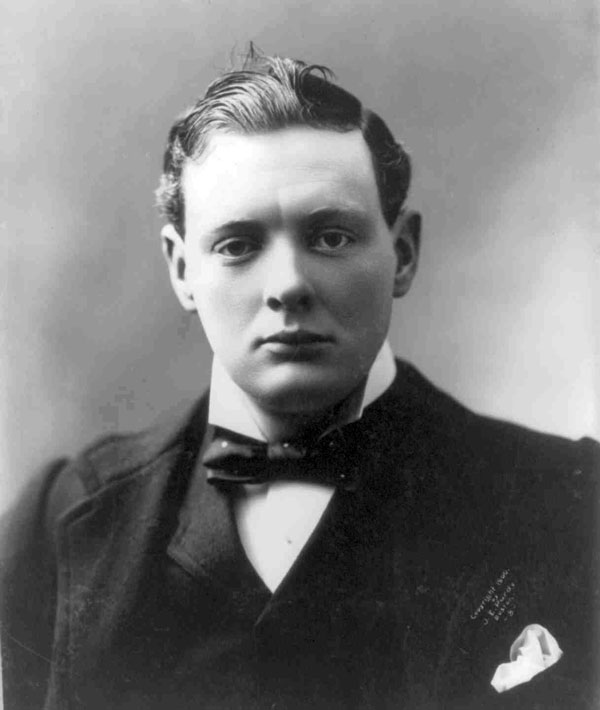The use and abuse of science in editorial
I approve of science. I approve of evidence and research. By and large and in the long run, science reveals the facts or transparently fails to do so. Along the way we make mistakes, get things wrong, get our hands dirty and learn that stuff is often really complicated.
And I also approve of journalists getting interested in science. Science literacy is important in all aspects of our society, and since journalism purports to provide a public service, becoming science literate is important for journalists in all fields. There are many issues with the current state of science reporting in news.
In order to side step huge debates that often pit science against journalism, and to avoid propagating many errors of that debate, I want to talk about a particular kind of abuse of science in opinion pieces found in newspapers. Actually, I want to talk about a particular opinion piece.
I’ve already written about Dan Gardner’s editorial on women that choose to wear the niqab. Part of what troubles me about Gardner’s piece, is that, when faced with criticisms, he claimed his opinions were substantiated by scientific evidence and that I should cut him some slack for trying to summarize and report scientific findings.
Gardner did commit a significant portion of his short article to reviewing some scientific findings. But none of those findings were about his conclusions. Instead, he used scientific evidence about the importance of human faces to the human brain, to draw conclusions that were far too strong and, in my judgement, irresponsible. I’ve listed Gardner’s faulty conclusions here.
I suppose I’m somewhat waffling from my stated interest today. Besides just exploring Gardner’s errors, I want to reflect on the pattern of the overarching argument. I believe it’s a fairly common pattern. I’m sure I’ve committed this kind of fallacy myself.
Science issue A, therefore opinion B
If you have an opinion about a particular issue, and you put a bunch of science reporting about another issue in your article to substantiate your opinion, your article is not therefore scientific.
It’s good to make arguments and float theories by first citing facts and scientific findings. But the more distant your opinions are from the scientific findings, the harder it is to claim your opinions are also scientific. All you can claim is that your opinions rely, in part, on some science.
Science reporting about issue A, does not count as substantiating an opinion about issue B. This is not rocket science. But when you look for this pattern, it’s startling how often you can find it.
In Gardner’s article, “See the veil for what it is”, Gardner wrote many paragraphs about the importance of human faces to human psychology; let’s call this scientific issue A. This part of his article was interesting and engaging and, I think, an important public service. This part of his article was about issues that have been researched.
But his opinions were generally about immigration, democracy, the Muslim veil, women who choose to wear the veil and what constitutes anti-social, anti-human and anti-woman behaviours. Let’s call this cluster of ideas, opinion B.
Importantly, no where does he cite any scientific research about opinion B.
Now in this case, scientific issue A is, thankfully, relevant to the discussion of opinion B. It’s relevant, but it does not warrant his opinion.1 His ideas are radically underdetermined by his evidence. Neither his opinions, nor his article, are scientific.2
The misuse of scientific reporting in the formulation of opinions is a classic and common problem and one that is not just endemic to journalism (or Dan Gardner).
Also, in this series
Journalism techniques for avoiding criticism
There is a kind of journalist that pretends their work is beyond criticism. It’s an art form without equal in the academy or politics. To become a master requires diligence and fortitude. And…
The veil is “hideous”, “odious”
This is my sixth post in my series on Dan Gardner’s article about the Muslim veil. I want to reflect on the language of hate, and on having successful public…
Public relations defense of Conservative policy
I’ve fallen behind publishing some short reflections about the editorial Dan Gardner wrote about women who choose to wear a veil. I’m still committed to writing them. I have a…
What was right about “See the veil for what it is”
This post is part of a series of reflections on Dan Gardner’s Ottawa Citizen editorial, “See the veil for what it is.”[1. You may also be interested to read my…
See the veil for what it is: further reflections
I read Dan Gardner’s column in the Ottawa Citizen on Wednesday and, dissatisfied with his analysis, wrote a blog post reviewing some of his errors in judgement. During that time…
About “See the veil for what it is”
It is likely that any article written by a white male journalist that starts with a title like “See the veil for what it is” would raise my hackles. So…
- Actually the religious interests and reasons of the women who choose to wear the niqab are also relevant, but Gardner chose to ignore and discount the opinions of these women. He did so on the basis that the women who know something about why they choose to wear the niqab, are also biased on the issue. In fact, Gardner did not exhibit any particular expertise about Islam at all. And probably the research he would need to do about such issues, would fruitfully include sociology. ↩
- Part of what is so fascinating about this, to me, is that Dan Gardner is one of the best journalists in the Canadian newspaper scene. And his opinion piece was bad. And another reporter that I respect very much, lauded it on Twitter. And the editorial board at the Ottawa Citizen, which is one of the best newspapers in the otherwise dismal Postmedia empire, didn’t seem to notice that what he wrote should not have been printed. And many of the tweeps that I read every day, thought the Gardner article was good, and felt that their own hatred of Muslim veils was justified. And despite my best attempts to explain to Dan Gardner what was wrong about his article, he never once admitted that he had made any error in judgement. ↩
Don’t miss a dispatch!







